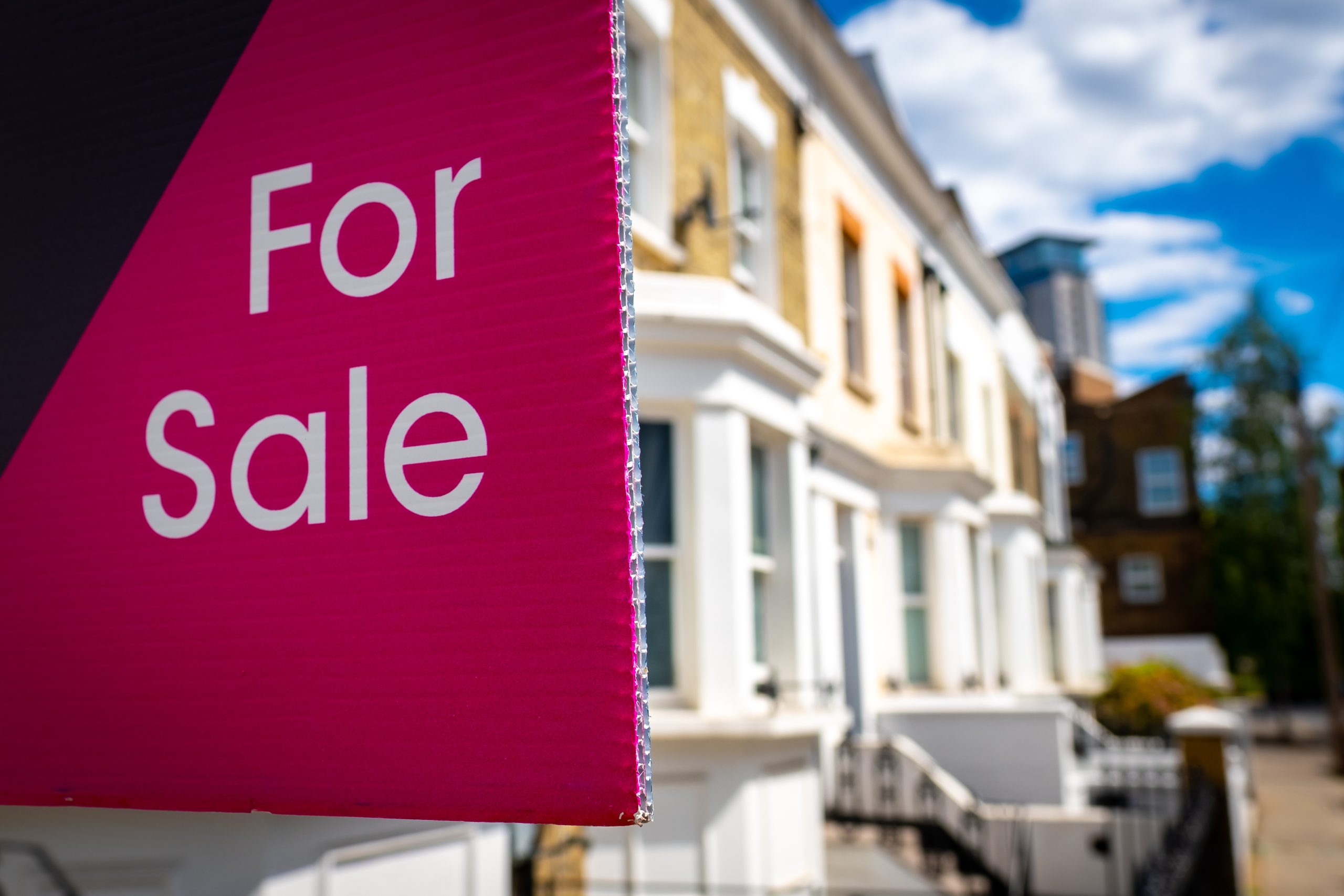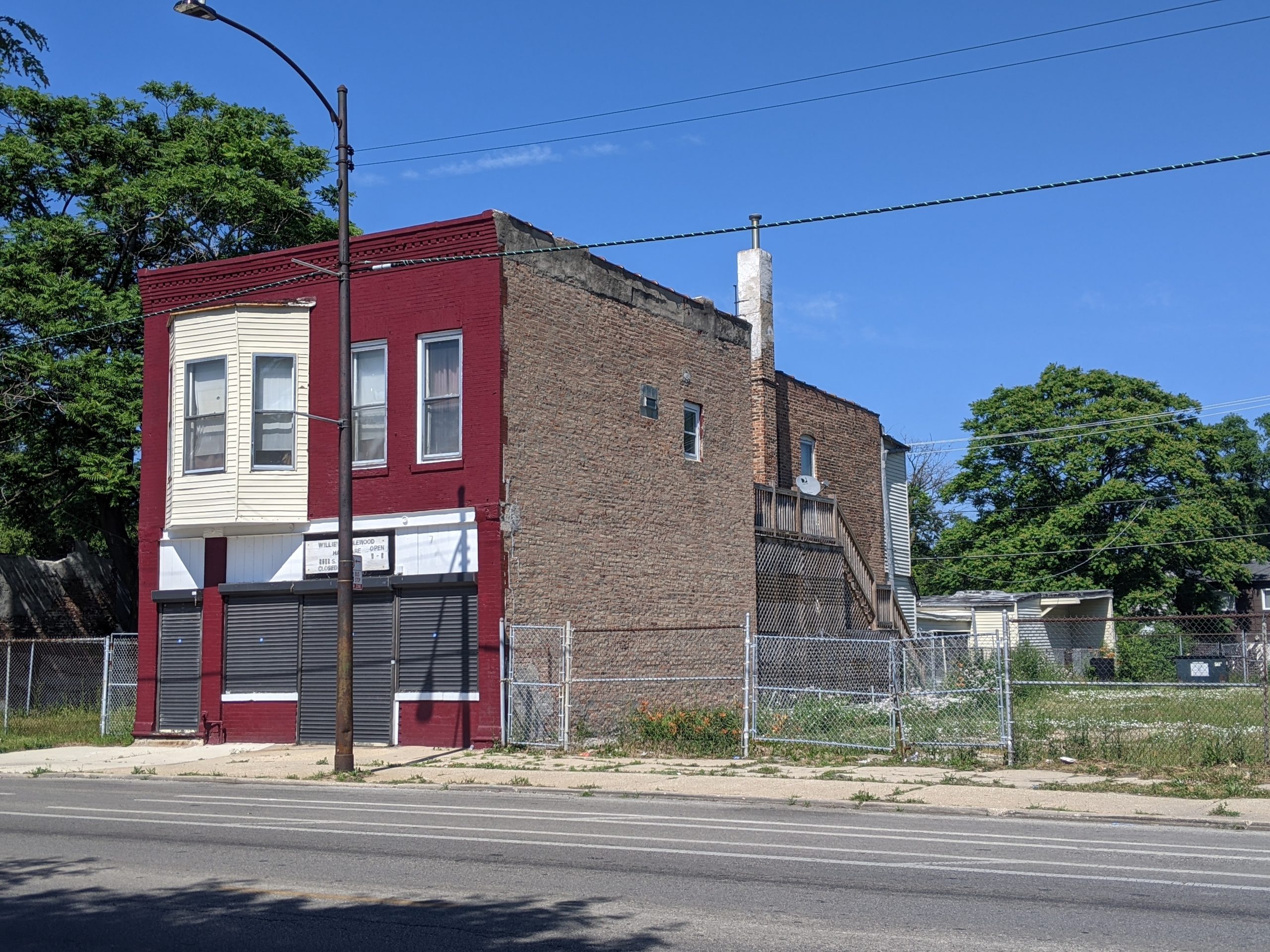Introduction
For many new equitable developers, financing is the biggest hurdle between vision and reality. Traditional funding models often favor large-scale developments with established track records, leaving smaller, community-focused projects struggling to find support. The good news: Chicago offers a growing number of tools and partnerships to help small-scale developers access capital while keeping community goals front and center.
1. Understanding the Funding Landscape
Equitable development often relies on layered financing—a mix of private loans, public incentives, and mission-driven investments. Each layer serves a purpose: some fill gaps, others reduce risk, and together they can make projects that seem impossible suddenly viable.
Common funding sources include:
-
Community Development Financial Institutions (CDFIs): Provide flexible loans and technical assistance for mission-aligned projects.
-
City and State Grants: Chicago’s Department of Planning and Development (DPD) and the Illinois Housing Development Authority (IHDA) offer programs to encourage neighborhood reinvestment.
-
Tax Incentives: Tools like Cook County’s special assessment incentives can reduce operating costs by lowering property taxes for a set period.
-
Private Capital with a Mission: Local investors, foundations, and social impact funds increasingly want to back projects that blend financial return with community benefit.
2. Scaling Appropriately
Small-scale developers often thrive when they start with manageable projects—such as renovating a mixed-use building or converting vacant lots into active community spaces. Smaller projects build credibility and a financial track record, making future financing easier to secure.
Tips for scaling smartly:
-
Choose properties that can be phased or expanded over time.
-
Keep renovation budgets realistic; focus on high-impact improvements.
-
Partner with local tenants or operators who share your mission.
3. Building the Right Financial Team
A strong advisory team is key to finding and structuring financing. This includes:
-
A commercial real estate agent who understands both zoning and incentive programs.
-
A lender or CDFI familiar with community-based projects.
-
A financial consultant to help package multiple funding sources.
-
An attorney with experience in public incentives and compliance.
4. Leveraging Partnerships and Community Support
Partnerships can unlock new funding opportunities. For example, collaborating with a nonprofit, local business improvement district, or anchor institution can make your project more attractive to funders who prioritize community impact.
Community backing also helps strengthen grant and loan applications—funders want to see local demand and trust.
5. How I Can Help
My role is to help new equitable developers identify funding pathways and connect with professionals who understand this work. Whether that means researching incentive eligibility, introducing you to CDFIs, or helping assemble the right advisory team, I help bridge the gap between big ideas and feasible projects.
Conclusion
Financing small-scale equitable development is rarely simple, but it’s far from impossible. With the right mix of creativity, partnerships, and strategic guidance, developers can bring projects to life that strengthen communities and generate long-term value.
If you’re exploring your first equitable development project in Chicago and need help identifying funding resources or potential partners, I’d be happy to guide you through next steps.


 Facebook
Facebook
 X
X
 Pinterest
Pinterest
 Copy Link
Copy Link









